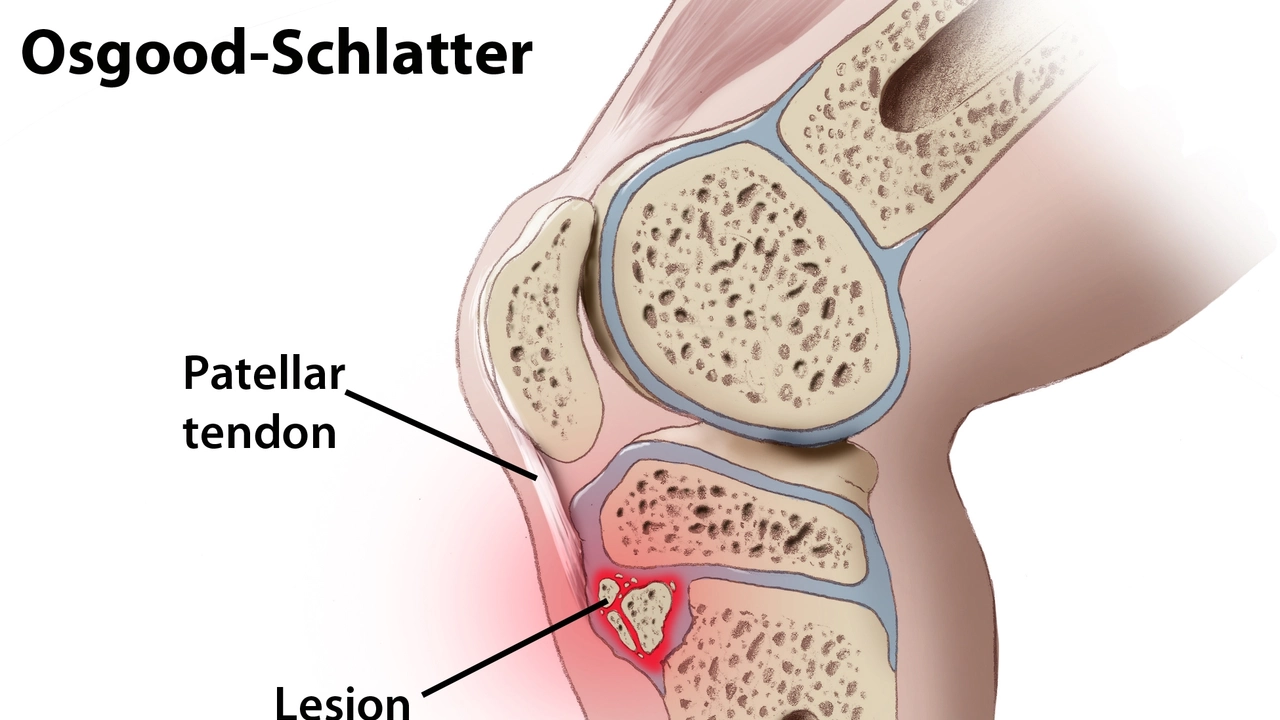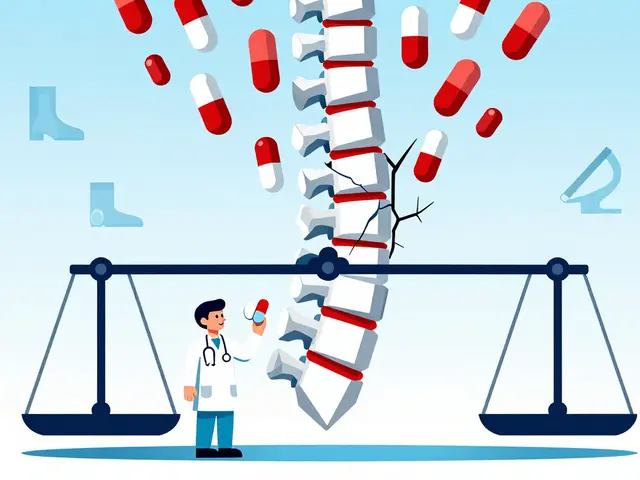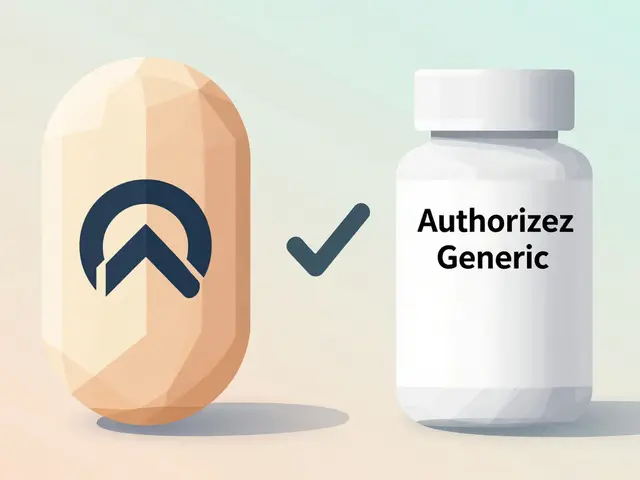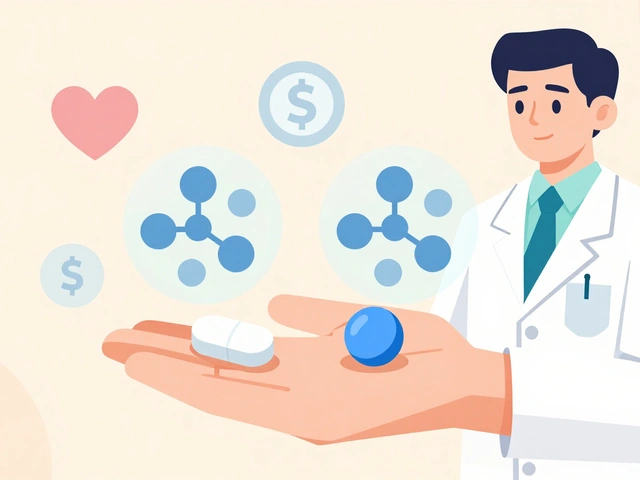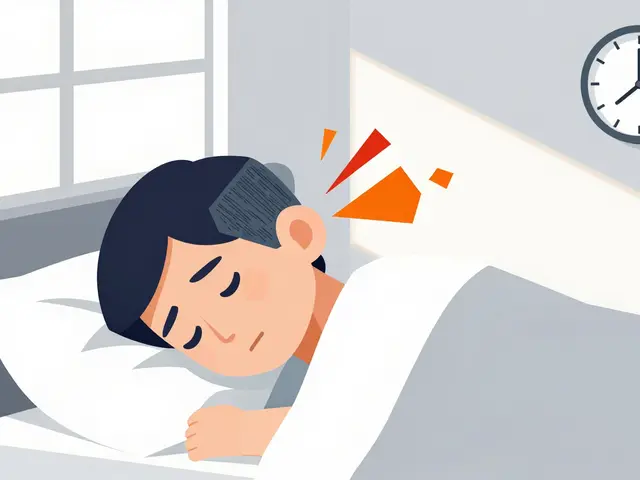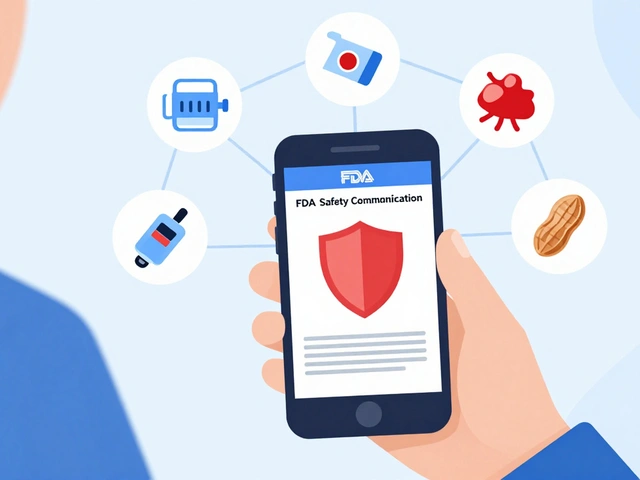Early detection: spot health issues sooner and act
Here’s a clear fact: catching a problem early usually makes treatment easier and outcomes better. Early detection isn’t about panic — it’s about simple, repeatable steps you can use to notice changes and get help fast. This page gives practical, no-nonsense advice on what to watch for, which tests matter, and how to turn small signs into quick action.
Common early signs to watch for
Some changes are easy to miss because they happen slowly. Look for new lumps, unexplained weight loss or gain, persistent pain, a cough that won’t go away, unusual bleeding, sudden changes in bathroom habits, or new and lasting fatigue. For skin, use the ABCDE rule on moles: Asymmetry, Border irregularity, Color change, Diameter larger than a pencil eraser, and Evolving shape or size.
Also track everyday numbers that matter: blood pressure, fasting blood sugar, and resting heart rate. Small trends over months tell more than one-off readings. If a number drifts out of your normal range, schedule a check rather than waiting for symptoms to get worse.
Smart screening and simple tests
Screening means testing people who don’t yet have symptoms so problems show up earlier. Common screenings include mammograms for breast changes, Pap smears and HPV tests for cervical health, colonoscopies for colorectal cancer, and bone density checks for osteoporosis. For heart and metabolic health, ask for cholesterol and A1c tests during annual blood work.
Home tools can help you stay on top of health between visits. Buy an accurate home blood pressure cuff, a reliable glucometer if you’re at risk for diabetes, and an approved HPV or FIT stool test when recommended. Use phone reminders or a simple notebook to record results and patterns.
Don’t ignore your pharmacy as a resource. Pharmacists can explain OTC screening kits, help interpret readings, and suggest next steps. If a home test looks off, a pharmacist can advise whether you should see your doctor right away or repeat the test first.
When to see a doctor: if a change lasts more than two weeks, worsens, or affects daily life, call your provider. If you notice sudden severe symptoms — heavy bleeding, trouble breathing, sudden weakness, or severe chest pain — seek emergency help immediately.
Make prevention a habit. Schedule age-appropriate screenings, keep a short health log, and ask your clinician about personalized screening intervals based on family history and risk factors. Early detection doesn’t guarantee perfect outcomes, but it gives you choice and time to act. Start with one small step today — check a mole, track a number, or book a screening — and build from there.
In my recent studies, I've discovered how crucial early detection is in preventing osteodystrophy, a disorder that affects bone integrity. It usually accompanies chronic kidney diseases and can lead to severe complications if not identified and treated promptly. Regular bone density screenings and keeping a check on blood calcium levels are vital for early detection. Maintaining a balanced diet rich in vitamin D and calcium, along with prescribed medications, can help manage the condition. Remember, early detection is key to prevention and successful treatment.
Continue reading...

